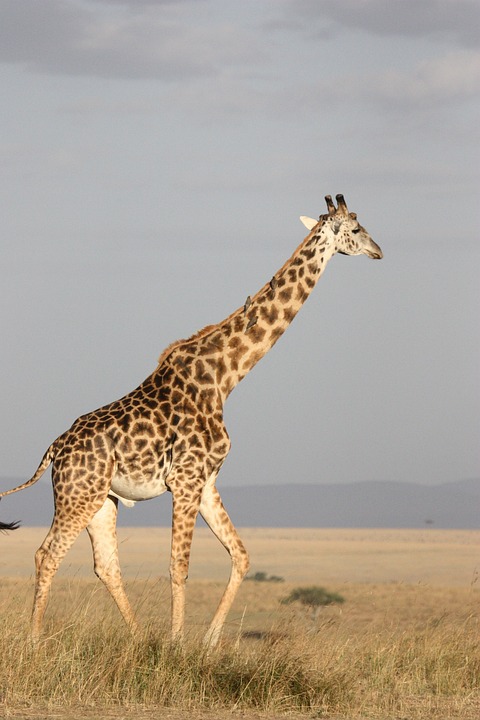The study area for the research conducted was within the wild meat supply area of Lastoursville, the main town in the Mulundu Department in eastern Gabon. This region is characterized by tropical evergreen forests, with a typical equatorial climate featuring two rainy and two dry seasons annually. The area is sparsely inhabited, with most of the human population residing along major roads, railway lines, and the Ogooué River. The landscape is primarily covered by forests allocated for timber production, which plays a significant role in the regional economy. Ivindo National Park, established in 2002, serves as a dedicated area for the protection of biodiversity and habitats in the region, hosting diverse and abundant fauna, including iconic species such as forest elephants and leopards.
The research conducted in this study area focused on monitoring hunting offtake as part of the Sustainable Wildlife Management (SWM) Programme. The data collection team comprised volunteer hunters, community surveyors, and project supervisors. Hunters were equipped with GPS devices to track their hunting movements and spatial coverage, while paper forms were used to collect essential variables upon their return from hunting trips. The data collected was processed using a character recognition system and database, with indicators presented to hunters in the form of dashboards to provide insights into their hunting activities and ecological impact.
In addition to hunting offtake monitoring, camera trap surveys were conducted to characterize the assemblages of ground-dwelling species within the hunting territories of each community. The camera traps were deployed systematically across the study area, capturing videos of wildlife species. The data collected from the camera traps were used to assess faunal degradation in the surveyed hunting territories, with indicators such as species richness, body mass, and species composition analyzed to understand the impact of hunting activities on wildlife populations.
The study also involved characterizing hunting practices and offtake in each hunter community, describing the total number of hunters, active hunters, hunting methods, catch composition, and wild meat use. Utilization distribution (UD) based on GPS data was calculated to determine the spatial extent of hunting activities in each community. Thirty-three indicators of hunting offtake and pressure were analyzed for each community, with correlations tested between these indicators and the degree of faunal degradation in the hunting territories.
Overall, the study area provided a rich environment for understanding the dynamics of hunting activities, wildlife populations, and the ecological impact of human activities on the local fauna. The research conducted in this region sheds light on the importance of sustainable wildlife management practices to ensure the conservation of biodiversity and habitats in the area.





